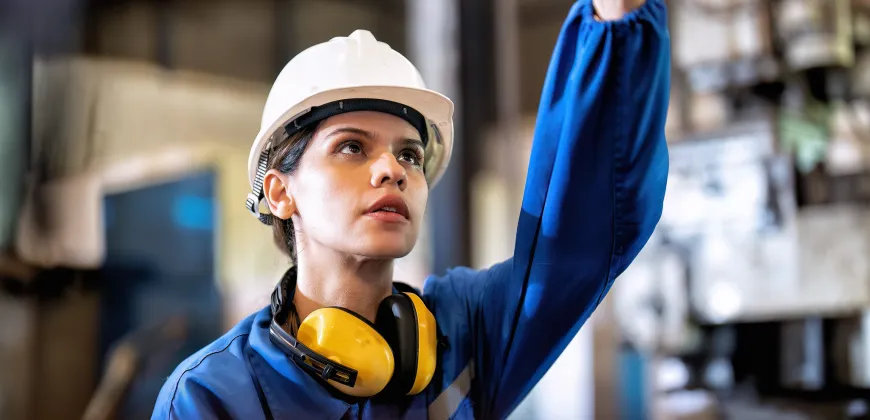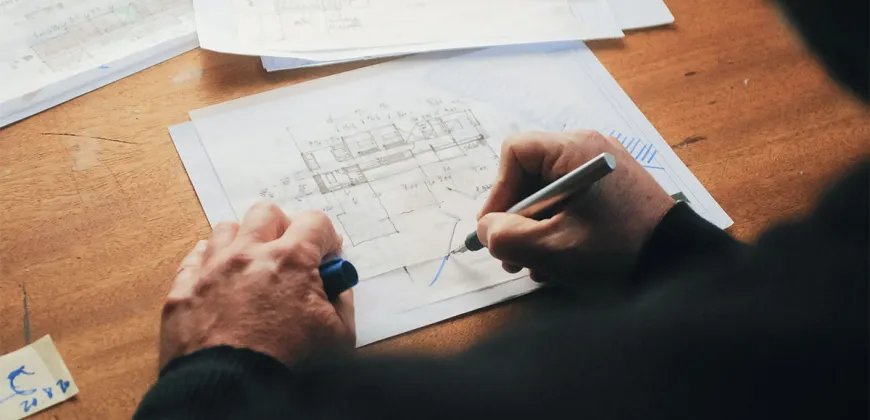Spotlight: Program Series with Chris McKesson - The modern ship

The modern ship By Chris B. McKesson, former Program Co-Director of UBC’s Master of Engineering Leadership in Naval Architecture and Marine Engineering The modern ship is one of the most complex structures ever created. Think of a naval aircraft carrier: it has all the infrastructure needed to support a village of 6,000 people (housing, water, wastewater, electricity, communications, etc.), but it’s also a nuclear-powered airport capable of moving at 30 knots through all kinds of weather and conditions. Almost all forms of engineering are present in that system. And that’s what makes naval architecture and marine engineering such a challenging, complex and rewarding field.
Everything on a ship is interconnected, and making just a minor change in one area can have cascading effects on almost every other area of the ship.
To take just one example: the paint alone on a modern ship can weigh up to 900 tonnes. Even a small modification to the paint scheme would significantly alter the ship’s weight and fuel consumption over its lifespan.
The physics of shipbuilding and the engineering calculations are the easy part. What’s hard is integrating those systems. That’s why you need to train engineers to be able to work within that complexity and understand the far-reaching repercussions of any decision.
You need people who have a big-picture understanding of the integrated system, a working technical knowledge of multiple disciplines and the ability to synthesize all of that information and make decisions. The Master of Engineering Leadership in Naval Architecture and Marine Engineering program was designed to meet this need. There are 100,000 ships on the planet and there are only a few places where you can get the integrated training to develop the skill set needed to work in the field. Technical classes explore the application of engineering to the marine industry and the business classes offered through UBC Sauder’s Robert H. Lee Graduate School enable students to acquire the tools of teamwork and leadership.
Our students are engineers with professional experience. Some have worked in the field and others are making a lateral move into marine engineering. Another group of students are licensed seamen who are coming ashore after having made a living at sea for many years – they bring valuable first-hand perspectives on the realities of working on a ship.
This is an exciting and dynamic industry. Advances in new propulsion technologies to improve fuel efficiency and reduce or eliminate a ship’s carbon footprint, electric ships, autonomous ships, economies of scale and technologies in support of just-in-time shipping are just some of the current areas of intense interest. Learn more about how the MEL in Naval Architecture and Marine Engineering can help you lead change in your industry, giving you the technical knowledge, foundational business skills and leadership confidence to excel in your career. UBC also offers the MEL in sector-specific programs, including Clean Energy Engineering, Dependable Software Systems, High Performance Buildings, Integrated Water Management, Sustainable Process Engineering and Urban Systems.






